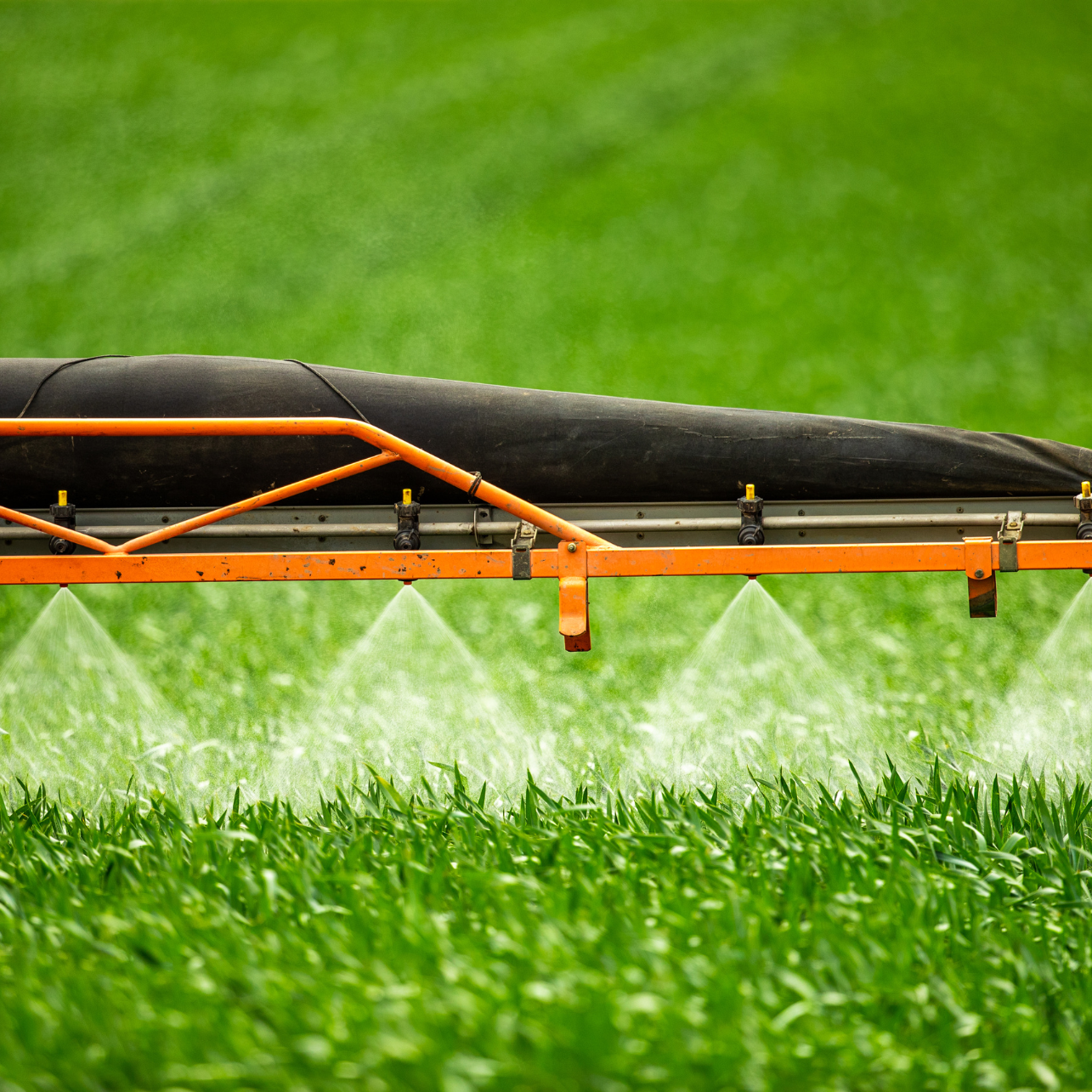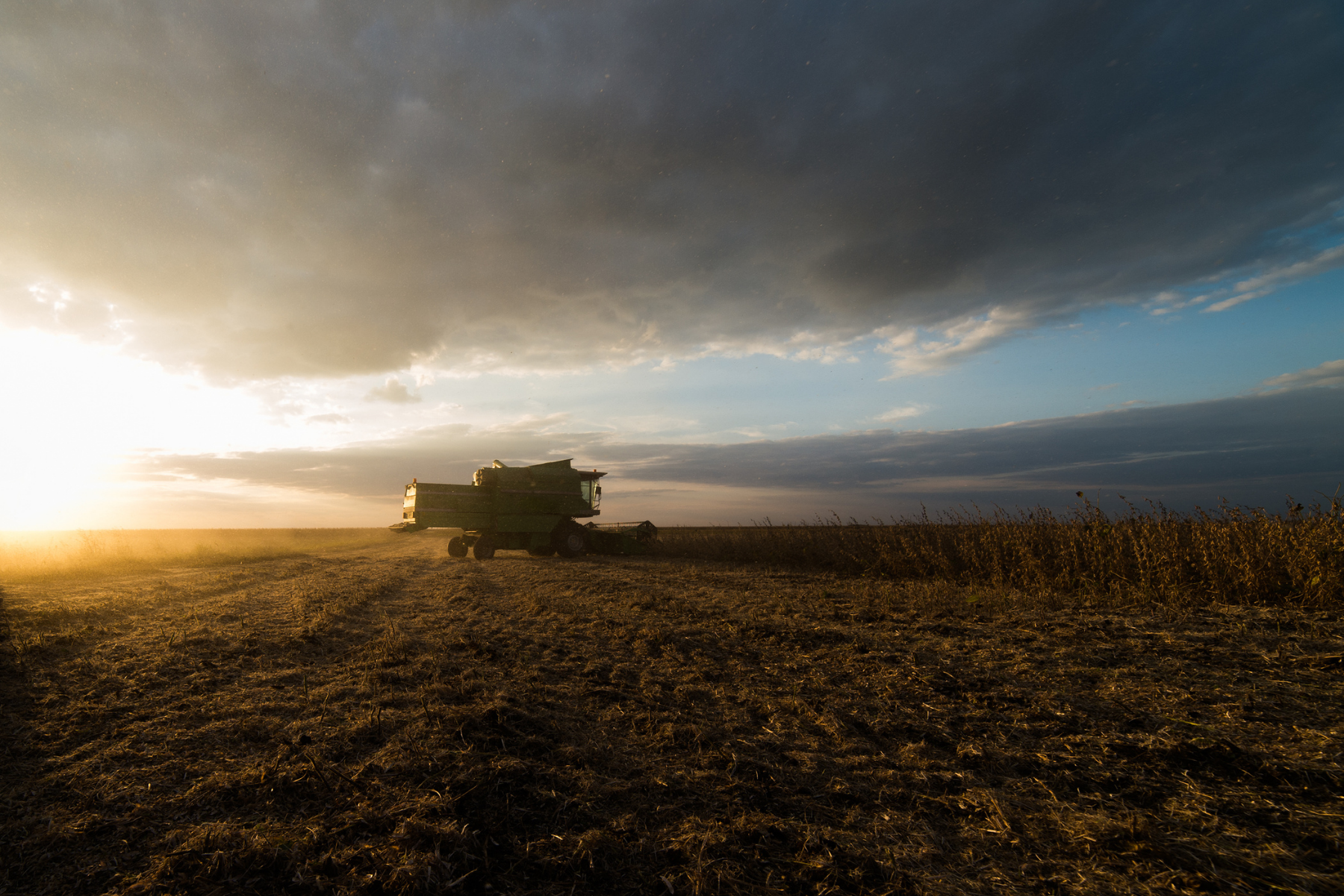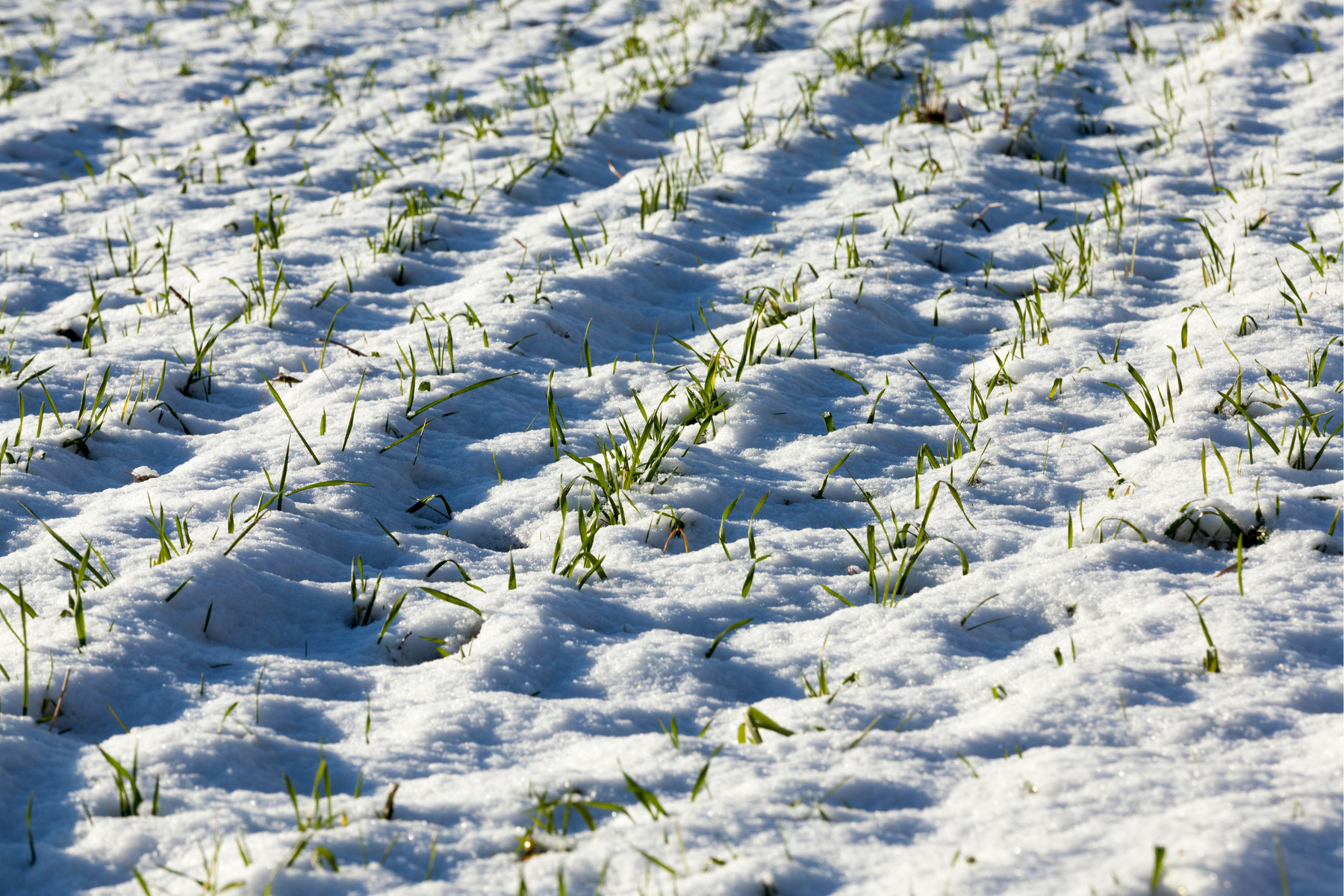As a grower, you understand the importance of keeping your crops healthy and maximizing yield. One key tool in achieving this goal is the use of fungicides. At Sylvite, our certified crop advisors (CCAs) are here to guide you through the best practices for using fungicides on soybeans and corn. In this blog post, we’ll cover the basics of fungicides, their benefits, and the value-added products that can enhance their effectiveness.
Understanding Fungicides
Fungicides are chemicals used to prevent or control fungal diseases in crops. These diseases can significantly reduce yield and quality if left unchecked. Fungicides work by either killing the fungi (fungicidal) or inhibiting their growth (fungistatic). They come in various forms, including liquids, powders, and granules, and can be applied through spraying, dusting, or seed treatment.
Why Fungicides Matter for Soybeans and Corn
Soybeans and corn are two of the most widely grown crops in North America. Both are susceptible to a range of fungal diseases that can impact their health and productivity.
Soybeans: Common fungal diseases in soybeans include Septoria brown spot, frogeye leaf spot, and soybean rust. These diseases can cause leaf damage, reducing photosynthesis and, ultimately, yield.
Corn: Corn is prone to diseases like gray leaf spot, northern corn leaf blight, and common rust. These diseases can affect the leaves, stalks, and ears of the plant, leading to poor grain fill and lower yields.
By using fungicides, you can protect your crops from these diseases and ensure a healthier, more productive harvest.
The Benefits of Fungicides
- Disease Control: The primary benefit of fungicides is their ability to control and prevent fungal diseases. This directly translates to healthier plants and higher yields.
- Improved Plant Health: By keeping diseases at bay, fungicides help maintain the overall health of the plant. Healthy plants can better withstand environmental stresses, such as drought or heat.
- Enhanced Yield: Healthy plants produce more and better-quality grains. By protecting your crops with fungicides, you can achieve higher yields and better returns on your investment.
- Extended Growing Season: Some fungicides can provide residual protection, allowing for a longer growing season and more flexibility in crop management.
Selecting the Right Fungicide
Choosing the right fungicide for your soybeans and corn depends on several factors, including the type of disease, stage of crop growth, and environmental conditions. Here are some tips for selecting the best fungicide:
- Identify the Disease: Accurate identification of the fungal disease is crucial. Work with your CCA to diagnose the problem and choose the appropriate fungicide.
- Consider the Mode of Action: Fungicides have different modes of action. Some are contact fungicides that stay on the surface of the plant, while others are systemic and move within the plant. Your CCA can help you choose the best option based on your specific needs.
- Check the Label: Always read the fungicide label for information on application rates, timing, and safety precautions. This ensures effective and safe use of the product.
- Rotate Fungicides: To prevent resistance, it’s important to rotate fungicides with different modes of action. Your CCA can help you develop a rotation plan that minimizes the risk of resistance.
Application Timing and Techniques
The timing and method of fungicide application are critical for maximizing their effectiveness. Here are some best practices for applying fungicides to soybeans and corn:
- Early Detection and Application: Apply fungicides at the first sign of disease or as a preventive measure. Early application is often more effective than waiting until the disease is widespread.
- Optimal Growth Stage: For soybeans, the R3 (beginning pod) to R5 (beginning seed) stages are ideal for fungicide application. For corn, the VT (tasseling) to R2 (blister) stages are the most effective.
- Coverage: Ensure thorough coverage of the plant, especially the lower leaves and stems where diseases often start. Use the recommended water volume and nozzle type for your sprayer.
- Weather Conditions: Apply fungicides during calm weather to reduce drift and ensure even coverage. Avoid application during extreme heat or immediately before rain, as this can reduce effectiveness.
Value-Added Products for Fungicides
In addition to standard fungicides, there are value-added products that can enhance their performance and provide additional benefits. These include:
- Adjuvants: Adjuvants are additives that improve the performance of fungicides. They can enhance spray coverage, increase absorption, and reduce drift. Common adjuvants include surfactants, oils, and spreader-stickers.
- Fertilizers: Some fertilizers can be tank-mixed with fungicides to provide both disease control and nutrition. This can improve plant health and yield even further. Consult with your CCA to determine the best combination for your crops.
- Biologicals: Biological fungicides use natural organisms to control fungal diseases. They can be used alone or in combination with chemical fungicides for integrated disease management. Examples include Trichoderma and Bacillus species.
- Growth Promoters: Products that promote plant growth and stress tolerance can be combined with fungicides to enhance overall plant health. These include biostimulants, hormones, and micronutrients.
Integrated Pest Management (IPM)
While fungicides are an important tool, they should be part of a broader Integrated Pest Management (IPM) strategy. IPM combines multiple approaches to manage pests and diseases in an environmentally and economically sustainable way. Key components of IPM include:
- Cultural Practices: Crop rotation, proper spacing, and timely planting can reduce the risk of fungal diseases.
- Resistant Varieties: Planting disease-resistant soybean and corn varieties can provide a first line of defense against fungal diseases.
- Scouting: Regular field scouting helps detect diseases early and allows for timely intervention with fungicides or other measures.
- Biological Control: Encouraging natural predators and beneficial organisms can help control fungal diseases and other pests.
Key Takeaways
Using fungicides effectively is crucial for protecting your soybeans and corn from fungal diseases and maximizing your yield. At Sylvite, our certified crop advisors are here to provide expert guidance on selecting, applying, and enhancing fungicides for your crops. By combining fungicides with value-added products and integrated pest management practices, you can achieve healthier, more productive fields.
If you have any questions or need personalized advice, don’t hesitate to reach out to your local Sylvite CCA. We’re here to help you grow successfully!




